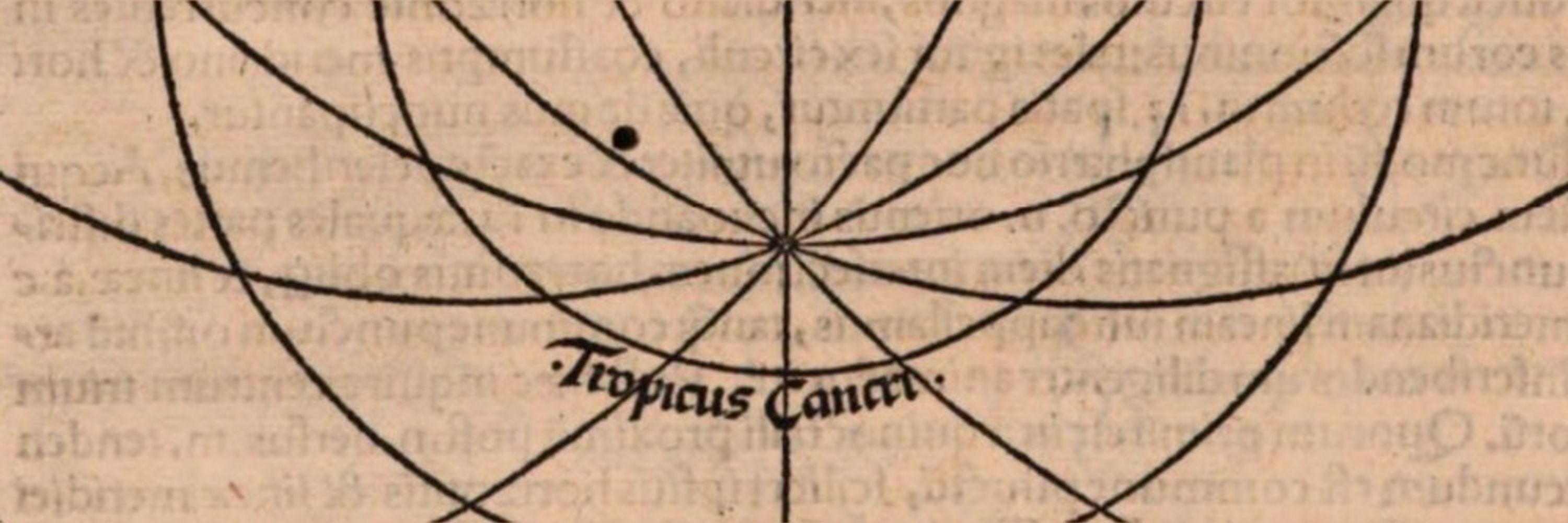Stephen Johnston
@stephenaj.bsky.social
370 followers
140 following
420 posts
Curator Emeritus at Oxford's History of Science Museum; STEM historian, particularly instruments and material culture - current research focused on astrolabes and astrology in medieval and renaissance Europe. (Disclaimer: focus known to wander.)
Posts
Media
Videos
Starter Packs








